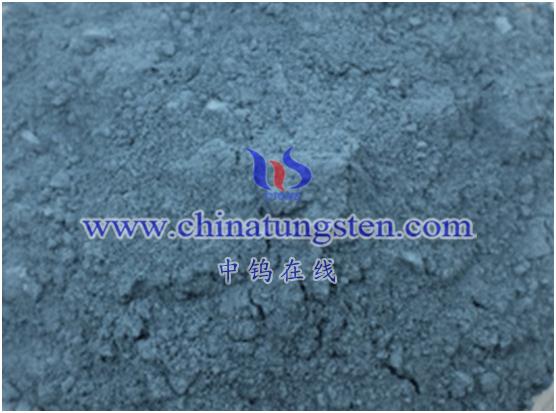Tungsten oxide (WO₃) visible light-responsive crystal structure regulation refers to the method of regulating the crystal structure of tungsten oxide to make it have better visible light response and photocatalytic performance. The traditional crystal structure of tungsten oxide is a monoclinic oxide, which is considered to have good photocatalytic activity in the ultraviolet range. However, this crystal structure has a weak absorption ability to visible light, which limits its effectiveness in visible light photocatalysis applications. In order to enhance the visible light responsiveness of tungsten oxide, researchers have adopted a variety of crystal structure regulation strategies, such as:
Tungsten Oxide Crystal Morphology Control
By controlling the growth conditions of tungsten oxide crystals, adding surfactants or shape regulators, etc., tungsten oxide nanostructures with different shapes can be prepared, such as nanowires, nanosheets, nanoparticles, etc. These special morphologies of tungsten oxide can increase its surface area and light absorption capacity, and improve the visible light response performance.
Tungsten Oxide Crystal Phase Control
By synthesizing tungsten oxide in different crystal phases, such as monoclinic, tetragonal, and trigonal phases, the crystal structure and energy band structure can be tuned, thereby changing its light absorption and electron transport properties. Especially for the trigonal tungsten oxide (called ε-WO₃), its energy band structure presents a wider band gap in the visible light range, making it have better visible light responsiveness.
Tungsten Oxide Doping Regulation
By introducing doping of other elements, such as partial replacement of tungsten ions, doping of cations or anions, etc., the lattice structure and energy band structure of tungsten oxide can be adjusted, and its visible light absorption and photocatalytic activity can be improved. Commonly used doping elements include molybdenum, niobium, chromium, etc.
Through the above crystal structure regulation strategy, the performance of tungsten oxide in visible light catalytic applications can be effectively improved. This regulation makes tungsten oxide have better light absorption ability, can use visible light energy to excite electrons, and participate in photocatalytic reactions. This provides new possibilities for the application of tungsten oxide in visible light catalytic decomposition of organic pollutants, photocatalytic water splitting and hydrogen production.

More details of tungsten oxide product, please visit website: tungsten-oxide.com
Please contact CHINATUNGSTEN for inquiry and order of tungsten oxide:
Email: sales@chinatungsten.com
Tel.: 86 592 5129595






